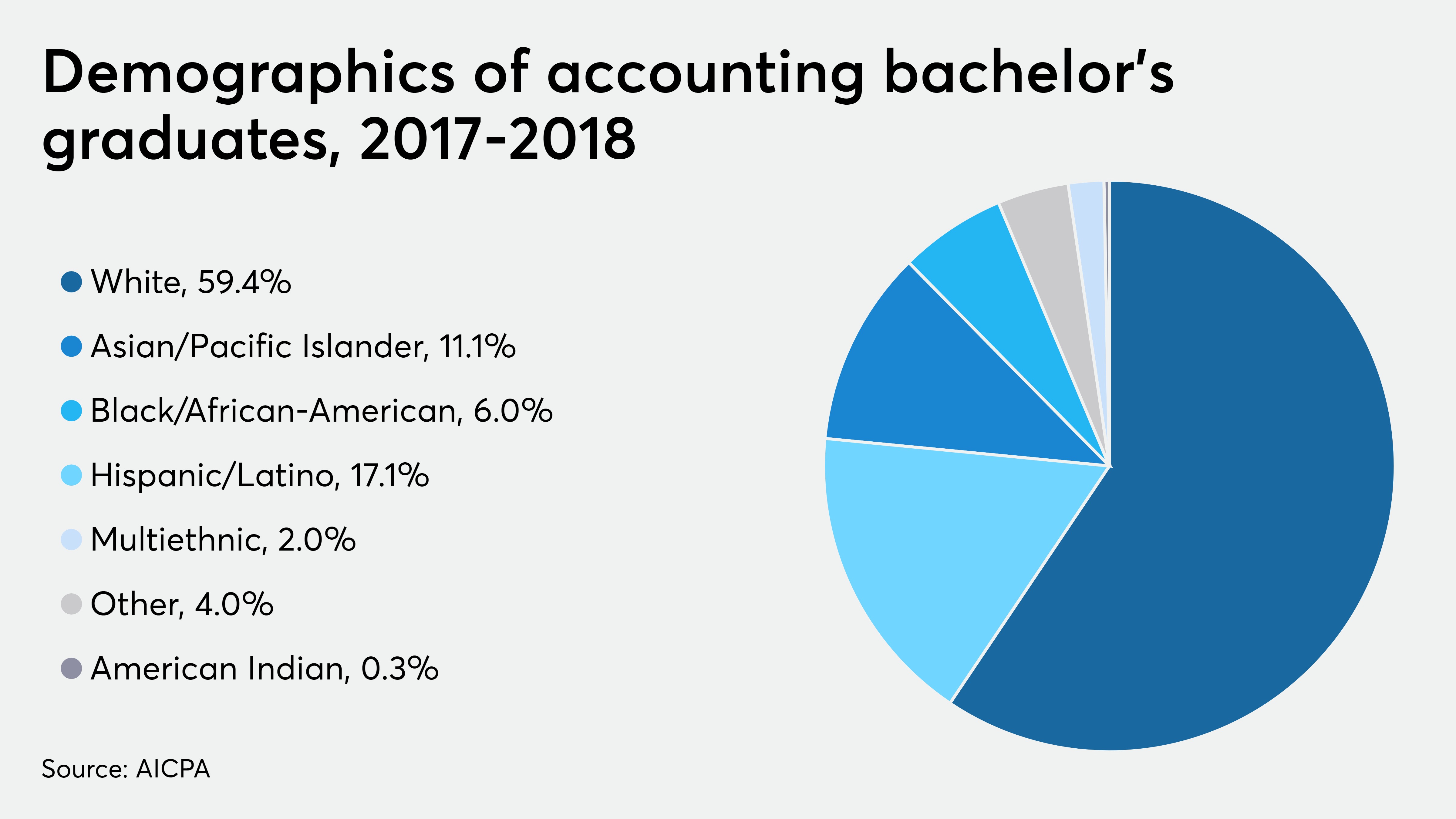A few years into the first decade of the new century,Accounting Todaystarted running an annual feature on diversity in accounting. Every year, we’d record the initiatives the profession had announced to bring in more members of underrepresented groups, and then chart the progress made — or, rather, we’d note that there was precious little progress to chart. About halfway into the second decade of the new century, we stopped producing that annual feature: There seemed little point in reporting on a stalled process.
It wouldn’t be fair to say the profession has made no progress; women, for instance, have made significant strides (though they are still woefully underrepresented in the partner ranks), but the profession’s attempts at diversity can hardly be called successes.
In the days when we ran our annual feature, it was not unusual for individual readers to inform us that the profession had tried to diversify itself in the 1960s, or in the 1970s, or in the 1980s, or in the 1990s … with the clear implication that the low returns on or outright failure of those separate initiatives meant that achieving diversity was, at best, a quixotic pursuit.
Often, those readers would go on to suggest that jobs should only go to the most qualified, regardless of their color or gender or other characteristics, and attempt to call into question the very idea of pursuing diversity. This highly disingenuous argument ignores the fact that, left to themselves, most groups will favor themselves — white men will largely hire and promote white men, for instance, not necessarily the most qualified people. It also ignores the fact that a workplace or a profession composed almost entirely of members of one group is not very attractive to other groups.
Most important, both arguments ignore the fact that the time when accounting can afford to primarily attract white people (and to primarily promote white men) will soon come to an end.
To be blunt, for decades, the profession could afford to ignore women, Black people and others, and still find the people it needed to staff its engagements and serve its clients. The failure to move the needle on diversity did not materially affect the profession’s bottom line, but in as little as a decade, it will start to do so, as demographic change means more and more college graduates will be non-white — and more and more business owners will be of other races, too. When the pool of job candidates and the prospect pool look very different from the partner and manager ranks, the profession’s lack of diversity is going to start to hurt in a way that it hasn’t before, with an impact on talent and client pipelines that will begin to be very measurable.
For that reason, it’s more important than ever to continue to pursue diversity. Previous efforts may have been disappointing, but we know much more now about group dynamics, about unconscious bias, about the importance of representation and mentoring, and about how to build and maintain a diverse workforce — and we’re going to know even more soon, when the California Society of CPAs, the Institute of Management Accountants and their partners release the results of the large-scale survey on race and the profession that they conducted over the summer (see our story).
We’ll be watching the developments, in the hope that soon we’ll be able to report on the sort of serious progress that the profession — and the country — need.